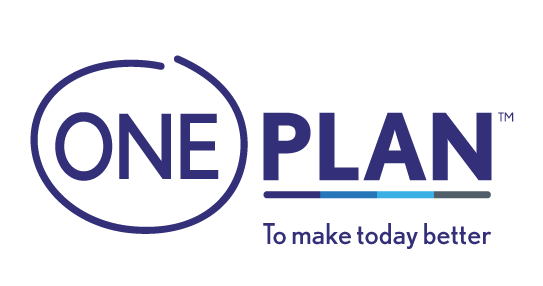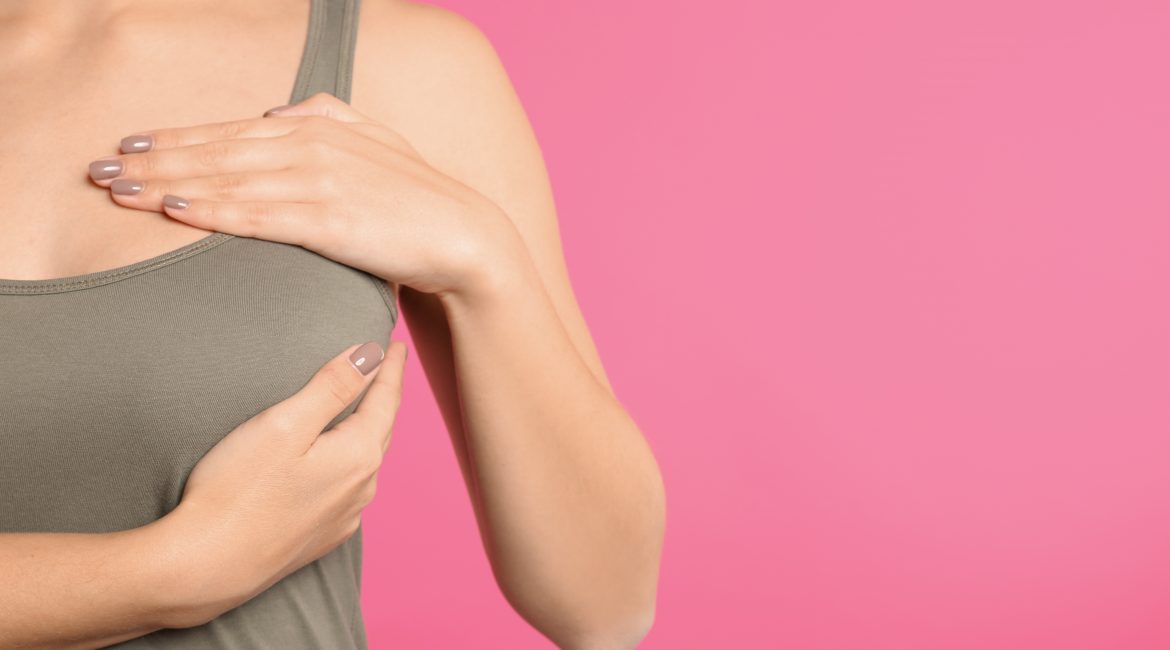October is National Breast Cancer Awareness Month which aims to increase awareness and support for early detection and treatment. To do our part, we have put together this guide on how to do a breast cancer self check.
A breast self-exam is an important way to detect breast cancer early and allow for successful treatment. Did you know that 95% of women survive breast cancer when detected early?
This is according to The Breast Health Foundation in South Africa. This incredible organisation aims to increase awareness about breast cancer, provide education, support and treatment.
Performing regular self-breast exams combined with other screening methods (such as doctor physical exams, mammography, ultrasounds and/ MRIs) is a great way to improve early detection.
This form of breast self-examination does not cost you a thing and is a convenient tool to use on a regular basis, at any age.
3 steps to performing a breast cancer self check in the mirror
Step 1: Get in front of a mirror
Start by undressing and standing in front of a mirror with good lighting (a bathroom mirror works well). Stand with your arms on your hips and your posture straight. Look out for the following things:
- Ensure your breasts are their normal size, colour, and shape.
- Ensure your breasts are evenly shaped and there is no swelling or distortion.
- Report any of the following changes to your doctor:
- Puckering, dimpling. or skin bulges.
- A nipple that has changed its position or is inverted.
- Soreness, rash, swelling, or redness.
Step 2: Look for the same changes with your arms raised
Repeat step 1, but now with your arms above your head.
Step 3: Look for any fluid
Pay attention to any visible signs of fluid coming out of one or both of your nipples. This might look milky, watery, or yellow in colour. It might also look like blood.
Discover: Why are second opinions so important?
3 steps to performing a breast cancer self check lying down
Step 1: Lie down and use your hands to feel for anything strange
Next, you need to lie down on your bed and use your hands to feel your breasts for lumps or bumps. Place a folded towel or small pillow under your right shoulder. Place your right hand behind your head and your left hand on the upper part of your right breast. Keep your fingers flat and together. It might help to use body cream.
Step 2: Use small circular motions
It helps to think of your breast as the face of a clock. Start at 12 o’clock and then move to 1 o’clock in small and circular movements. Keep moving around this area until you reach 12 o’clock again. Keeping your fingers flat and in contact with your breast.
Once the circle is complete, move about a centimetre towards your nipple and complete another circle around the clock. You will need to continue this circular pattern until you have felt your whole breast. Make sure you include the upper areas of your armpit too!
Step 3: Examine your nipple
Next, you need to place your fingers flat on top of your nipple. Pressing gently on your nipple, make sure it moves easily. Pay attention to any strange bumps or lumps.
Repeat these steps on your other breast.
What should I do if I notice something strange?
Do not panic. There might be some changes in your breasts that have nothing to do with cancer. But it’s always a good idea to check in with your doctor if you notice any strange changes in your breasts.
This is especially true if you have noticed any changes that have lasted longer than one full menstrual cycle or changes that seem to become more prominent or bigger. If you are menstruating, then you should probably wait until you have finished your period to determine whether the changes you noticed were a result of menstruation.
If you are unsure and worried, then do not hesitate to call your doctor.
Make breast cancer self checks a routine
The more you learn about your breasts and regularly examine them, you easier it will be to detect something out of the ordinary.
It’s a good idea for you to get into the habit of conducting a breast cancer self check once a month in order for you to get to know the feel and appearance of your breasts. You should examine yourself a few days after the end of each menstrual cycle as your breasts are less likely to be tender and swollen during this time. If you no longer have periods, then pick a day that is easy to remember, like the first day of the month.
If you’re with Oneplan Health Insurance (that’s us), then you’ll be happy to know that mammograms are covered under your day-to-day X-rays benefit, meaning you can get a professional breast examination without worrying about the cost of expensive medical bills!
If you’re not with Oneplan yet, you can get an obligation-free online quote here.
Read next: What is covered in health insurance?
Your Health Insurance Family,
Oneplan




